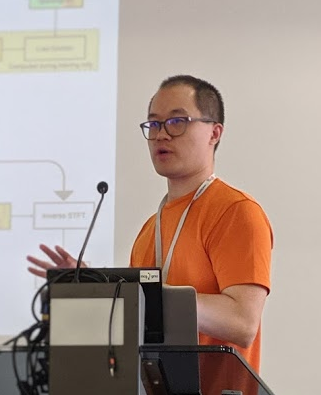
Quan Wang
Research Areas
Authored Publications
Sort By
Google
USM-SCD: USM-Based Multilingual Speaker Change Detection
Yongqiang Wang
Jason Pelecanos
Yu Zhang
Yiling Huang
Han Lu
ICASSP 2024 - 2024 IEEE International Conference on Acoustics, Speech and Signal Processing (ICASSP), pp. 11801-11805
Augmenting Transformer-Transducer Based Speaker Change Detection With Token-Level Training Loss
Han Lu
Yiling Huang
ICASSP 2023-2023 IEEE International Conference on Acoustics, Speech and Signal Processing (ICASSP)
Exploring sequence-to-sequence Transformer-Transducer models for keyword spotting
Beltrán Labrador
Angelo Scorza Scarpati
Liam Fowl
ICASSP 2023 - 2023 IEEE International Conference on Acoustics, Speech and Signal Processing (ICASSP)
Closing the Gap between Single-User and Multi-User VoiceFilter-Lite
Qiao Liang
Rajeev Vijay Rikhye
To submit to Odyssey 2022 (to appear)
SpeakerStew: Scaling to Many Languages with a Triaged Multilingual Text-Dependent and Text-Independent Speaker Verification System
Roza Chojnacka
Jason Pelecanos
arXiv preprint arXiv:2104.02125 (2021)
Turn-To-Diarize: Online speaker diarization constrained by transformer transducer speaker turn detection
Han Lu
Wei Xia
Submitted to ICASSP 2022, IEEE (2021)
